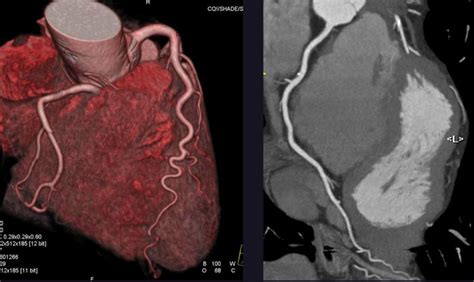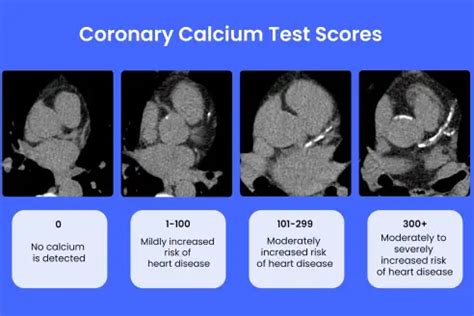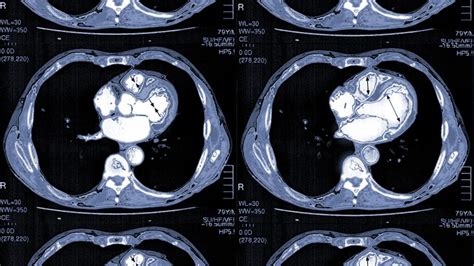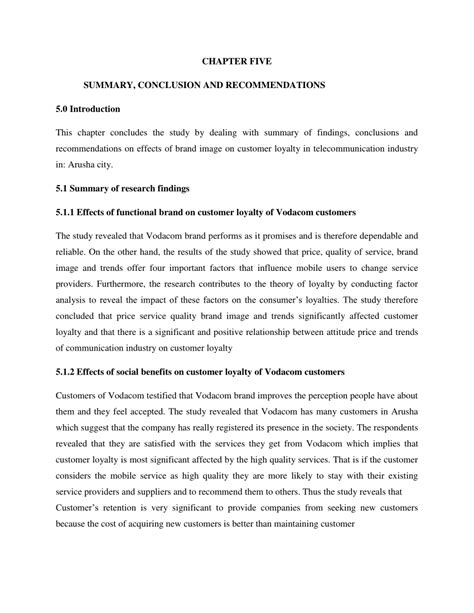Intro
Discover the benefits of Coronary Computed Tomography Scan, a non-invasive heart test using CT angiography, cardiac imaging, and radiology to diagnose coronary artery disease, cardiovascular conditions, and cardiac health issues.
The coronary computed tomography (CT) scan has revolutionized the field of cardiology, providing a non-invasive and highly accurate method for diagnosing and monitoring coronary artery disease. This advanced imaging technique has become an essential tool for cardiologists and healthcare professionals, enabling them to detect potential heart problems early on and develop effective treatment plans. With its high-resolution images and ability to visualize the coronary arteries in detail, the coronary CT scan has become a game-changer in the diagnosis and management of cardiovascular disease.
The importance of coronary CT scans cannot be overstated, as coronary artery disease is one of the leading causes of death and disability worldwide. The disease occurs when the coronary arteries, which supply blood to the heart, become narrowed or blocked due to a buildup of plaque, leading to reduced blood flow and potentially life-threatening consequences. Traditional diagnostic methods, such as stress tests and angiograms, have limitations and risks, making the coronary CT scan a valuable alternative. By providing a clear and detailed picture of the coronary arteries, this imaging technique enables healthcare professionals to identify potential problems early on and take proactive steps to prevent or manage the disease.
The coronary CT scan is a sophisticated imaging technique that uses X-rays and computer technology to produce high-resolution images of the coronary arteries. The scan is typically performed in a hospital or outpatient setting, and the entire process usually takes about 15-30 minutes to complete. During the scan, the patient lies on a table that slides into a large, doughnut-shaped machine, which uses X-rays to capture images of the coronary arteries. The images are then reconstructed into a 3D picture, allowing healthcare professionals to visualize the arteries in detail and identify any potential problems.
How Coronary CT Scans Work

Benefits of Coronary CT Scans
The coronary CT scan offers several benefits over traditional diagnostic methods, including: * High accuracy: The coronary CT scan provides highly accurate images of the coronary arteries, allowing healthcare professionals to identify potential problems early on. * Non-invasive: The scan is non-invasive, eliminating the need for surgical procedures or injections. * Low risk: The scan is relatively low-risk, with minimal side effects and no radiation exposure. * Quick results: The scan provides quick results, allowing healthcare professionals to develop effective treatment plans promptly.Indications for Coronary CT Scans

Preparing for a Coronary CT Scan
To prepare for a coronary CT scan, patients should: * Avoid eating or drinking for several hours before the scan * Wear comfortable clothing and avoid wearing jewelry or metal objects * Inform their healthcare provider about any medical conditions or allergies * Avoid taking certain medications, such as beta blockers, before the scanInterpreting Coronary CT Scan Results

Treatment Options for Coronary Artery Disease
Treatment options for coronary artery disease depend on the severity of the disease and may include: * Lifestyle modifications: Patients may be advised to make lifestyle changes, such as quitting smoking, exercising regularly, and eating a healthy diet. * Medications: Patients may be prescribed medications to lower cholesterol or blood pressure, or to prevent blood clots. * Angioplasty or stenting: Patients may undergo angioplasty or stenting to open up narrowed or blocked arteries. * Bypass surgery: Patients may undergo bypass surgery to bypass blocked arteries and restore blood flow to the heart.Risks and Complications of Coronary CT Scans

Future Developments in Coronary CT Scans
The field of coronary CT scans is constantly evolving, with new technologies and techniques being developed to improve the accuracy and effectiveness of the scan. Some future developments may include: * Improved image resolution: New technologies may enable higher-resolution images, allowing for more accurate diagnoses. * Reduced radiation exposure: New technologies may reduce the amount of radiation exposure during the scan. * Increased accessibility: Coronary CT scans may become more widely available, allowing more patients to access this diagnostic tool.Conclusion and Recommendations

We invite you to share your thoughts and experiences with coronary CT scans in the comments below. If you have any questions or concerns about this diagnostic tool, please do not hesitate to ask. Additionally, we encourage you to share this article with others who may benefit from this information.
What is a coronary CT scan?
+A coronary CT scan is a non-invasive imaging technique that uses X-rays and computer technology to produce high-resolution images of the coronary arteries.
What are the benefits of a coronary CT scan?
+The benefits of a coronary CT scan include high accuracy, non-invasive nature, low risk, and quick results.
What are the indications for a coronary CT scan?
+The indications for a coronary CT scan include patients who are at risk of developing coronary artery disease or who have symptoms of the disease.
